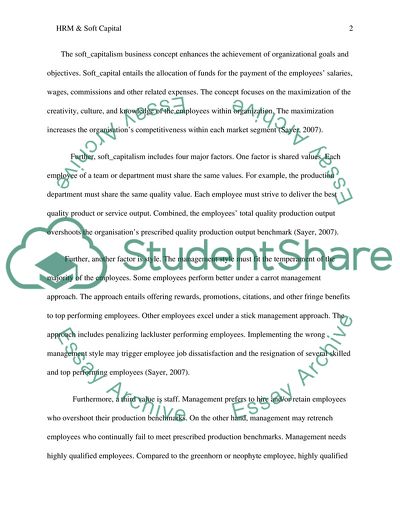Cite this document
(Explain and illustrate the relationship between HRM and soft Essay, n.d.)
Explain and illustrate the relationship between HRM and soft Essay. https://studentshare.org/human-resources/1879279-explain-and-illustrate-the-relationship-between-hrm-and-soft-capitalism
Explain and illustrate the relationship between HRM and soft Essay. https://studentshare.org/human-resources/1879279-explain-and-illustrate-the-relationship-between-hrm-and-soft-capitalism
(Explain and Illustrate the Relationship Between HRM and Soft Essay)
Explain and Illustrate the Relationship Between HRM and Soft Essay. https://studentshare.org/human-resources/1879279-explain-and-illustrate-the-relationship-between-hrm-and-soft-capitalism.
Explain and Illustrate the Relationship Between HRM and Soft Essay. https://studentshare.org/human-resources/1879279-explain-and-illustrate-the-relationship-between-hrm-and-soft-capitalism.
“Explain and Illustrate the Relationship Between HRM and Soft Essay”. https://studentshare.org/human-resources/1879279-explain-and-illustrate-the-relationship-between-hrm-and-soft-capitalism.


